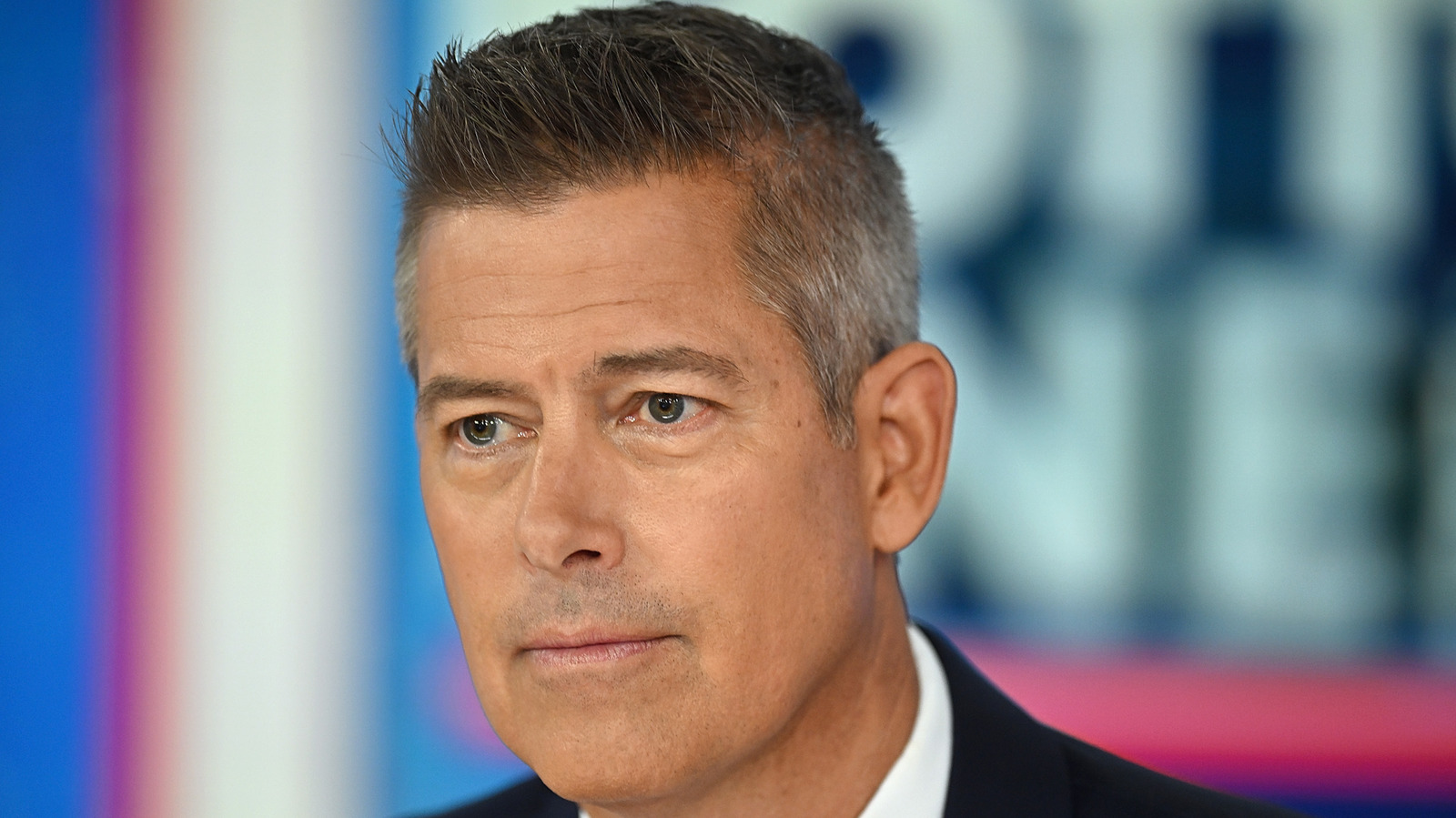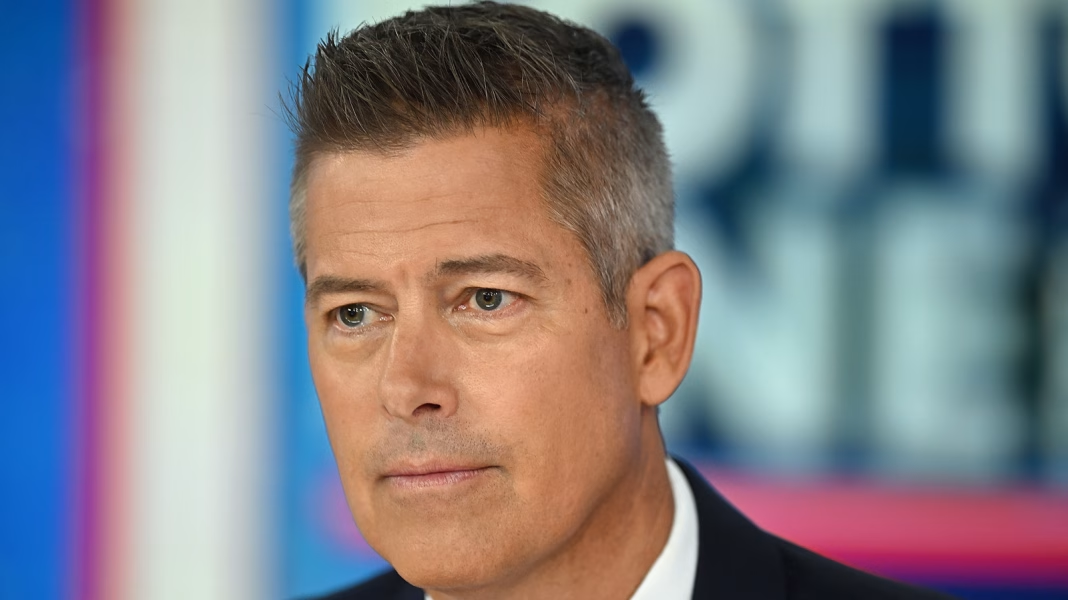Navigating the Chaos: Understanding the Current State of the DOT
The situation at the Department of Transportation (DOT) has become a hot topic, with insiders expressing their frustrations about the ongoing turmoil. One anonymous employee recently shared their candid thoughts with Politico, describing the current state of affairs as “a mess they didn’t create.” This sentiment resonates with many who are witnessing the fallout from recent staffing decisions and policy changes. So, what’s really going on, and how does it affect us?
What Led to This Staffing Crisis?
In recent years, the DOT has faced significant challenges, particularly in managing its workforce. A combination of budget cuts, hiring freezes, and a push for efficiency led to a reduction in staff. While these measures were intended to streamline operations, they’ve resulted in a workforce that’s now struggling to keep up with demands. The irony? The very changes meant to improve efficiency have left the department scrambling to fill gaps, leading to a chaotic environment.
The impact of these staffing shortages is felt across various sectors. From transportation safety to infrastructure projects, the ripple effects are widespread. Projects are delayed, and the quality of oversight has diminished, raising concerns about public safety and the efficacy of transportation systems nationwide.
How Are Employees Coping?
For those working within the DOT, the atmosphere is tense. Employees are grappling with increased workloads and heightened stress levels. Many feel overwhelmed, trying to manage responsibilities that were once shared among a larger team. The sentiment of frustration is palpable; as one employee put it, “It’s a s*it show, honestly.” This candid expression highlights the urgency of the situation and the need for immediate action.
Moreover, the burden on HR departments has intensified. They are caught in the crossfire, tasked with addressing staffing shortages while also managing employee morale. It’s a delicate balancing act, and many HR professionals are feeling the strain as they navigate these turbulent waters.
What’s Next for the DOT?
Looking ahead, the DOT faces a critical juncture. The need for a strategic plan to rebuild the workforce is more pressing than ever. This could involve revisiting hiring policies, increasing budget allocations for staffing, and implementing training programs to enhance employee retention. The goal should be to create a more resilient workforce capable of adapting to future challenges.
Moreover, fostering a culture of open communication can help alleviate some of the stress employees are experiencing. Encouraging feedback and involving staff in decision-making processes can lead to innovative solutions and a more engaged workforce. After all, those on the front lines often have the best insights into what’s working and what isn’t.
The Bigger Picture: Why This Matters
The situation at the DOT is not just an internal issue; it has broader implications for the entire transportation infrastructure in the United States. A well-staffed and effectively managed DOT is crucial for ensuring public safety, maintaining infrastructure, and supporting economic growth. As the department navigates this crisis, it’s essential for stakeholders at all levels to recognize the importance of investing in human resources.
The big takeaway? The challenges at the DOT aren’t about perfection—they’re about making smarter adjustments. By focusing on rebuilding and supporting their workforce, the DOT can turn this chaotic chapter into an opportunity for growth and improvement. Start with one change this week, and you’ll likely spot the difference by month’s end.


